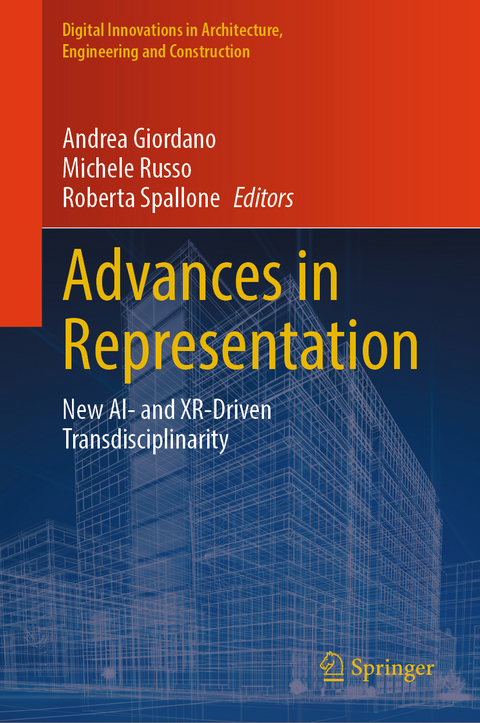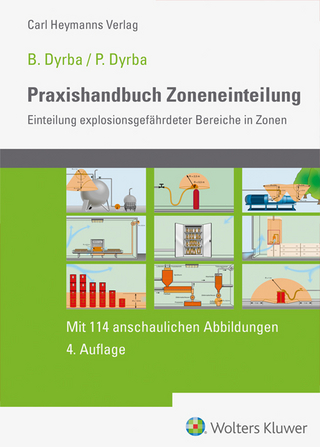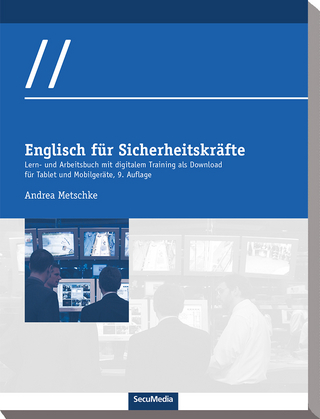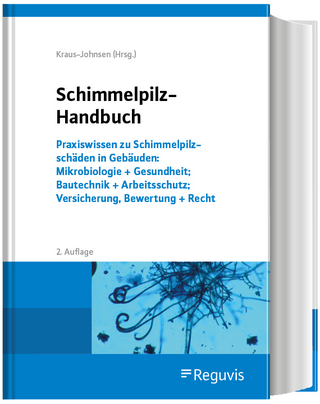
Advances in Representation
Springer International Publishing (Verlag)
978-3-031-62962-4 (ISBN)
This book presents contributions which discuss the impact of eXtended Reality (XR) and Artificial Intelligence (AI) technologies considered jointly in the fields of Cultural Heritage and Innovative Design. The rapid development of technologies, tools and devices requires a (controlled) expansion of the theoretical content and application areas, as well as careful monitoring of the disciplines that can be involved, starting with the AI-XR pair. XR, an acronym for extended reality, has emerged in recent years as a concept encompassing AR, VR (virtual reality), and MR (mixed reality), offering new ways of interacting with the real. In this sense, the fields of application open to the worlds of tangible and intangible cultural heritage, architectural, environmental, infrastructural and product design, and education, as a place for advanced training and as a tool for educational enhancement.
Keynote Papers.- Beyond the visuals Future collaboration scenarios between architects and artificial intelligence.- Artificial Intelligence for Space Weather Prediction.- AI&XR and Historical Sources.- From Art for Industry to Artificial Intelligence a Complex Balance in a Case from the Centrale Montemartini.- Extended Reality ante litteram in the ephemeral apparatuses of Andrea Pozzo.- Digital reconstruction of the paradox. Escher's Relativity.- Between Image and Text Automatic Image Processing for Character Recognition in Historical Inscriptions.- Graphic and Constructive Resources in the Manuscript "Secretos de Arquitectura".- AI&XR and Archaeological/Museum Heritage.- Interactive Heritage Site Mobile Application on Artworks.- Immersive Experiences for the Re-contextualization of Statues of the Goddess Sekhmet.- Investigating Depth Perception in Immersive Hypothetical Reconstructions: 1816 Canova's Exhibition in Spirito Santo Church in Bologna.- AI for Archaeological Heritage Applications.- The e-Archeo 3D Project. An Innovative and Sustainable Cultural Proposal Based on XR Technologies.- Virtual Reconstruction, Museography, and VR/AR Communication in Design for Heritage.- Virtual Spaces for Knowledge Preservation. Digitization of a Vanished Archaeological Excavation.- Virtual and Mixed Reality for the Enhancement of an Absence The Case of the Artemis Statue.- The Connection Between Scenography and Virtual Reconstructions of the Statuary Groups in the Nymphaeum of Tiberius.- AI&XR and Heritage Routes.- A Simultaneous Multiuser Collaborative Immersive Design Environment: Extended Reality and Digital Photogrammetry for the Valorisation of Heritage Sites.- Towards Virtual Cultural Heritage Routes. Development of Digital Models for Extended Accessibility of the H2020 Prometheus Project.- AI for the Knowledge, Monitoring and Promotion of Cultural Heritage Places The "Heritour" Project.- The Recognizability of a Place Through Generative Representation of Intangible Qualities.- Sicilian Heritage Identity: between stereotype and AI-based knowledge.- Second World War Landing on Elba Island A Serious Game Reconstruction.- AR for the Knowledge and Fruition of Street Art Works.- Immersive Technologies for the Remote Fruition of an Inaccessible Archaeological Complex The Site of Cento Camerelle in the Phlegraean Fields Archaeological Park.- From digital survey to Extended Reality. Possible uses for the Cathedral of Udine.- The Former Monastery of Saints Severino and Sossio: An Example of an Immersive Reality for the Dissemination of Cultural Heritage.- Via Porro Reading and Inspirations from an Urban Space.- AI&XR and Classification/3D Analysis.- Hybrid Construction of Knowledge Graph and Deep Learning Experiments for Notre-Dame de Paris' Data.- A Point Cloud-Based Multi-Platform Application to Support the Conservation Project of Medieval Stone Architecture.- Evaluation of Annotation Ambiguity in Common Supervised Machine Learning Classification Approaches for Cultural Heritage.- Predicting Architectural Decay by AI Applied to 3D Survey.- Exploring Cistercian Abbeys A Synergistic Approach of Architectural Analysis and Machine Learning.- 3D Modeling for Virtual Fruition from a Reality-Based Survey.- Rapid and Low-Cost 3D Model Creation Using Nerf for Heritage Videogames Environments.- AI&XR and Building Information Modeling.- A proposal of Integration of Point Cloud Semantization and VPL for Architectural Heritage Parametric Modeling.- Digital Twin for BIM-FM Data Comparison: A Decision Support System Based on Graphical Interfaces.- Multisensory VR Experiences Based on Auralization and HBIM. The Teatro del Maggio in Florence.- Laser scanning Data in Revitalization Projects for Historical Building.- Augmented Reality Application for BIM Maintenance Feedback Via Streaming Platforms.- AI&XR and Building/City Monitoring.- Immersion Through Extended Reality as a Tool Applied to Wayfinding Inside Hospitals.- Exploring Alternative Urban and Architectural Virtual Realities Through Multidomain Digital Twins.- Assessing In-Motion Urban Visual Perception: Analyzing Urban Features, Design Qualities, and People's Perception.- Comparative Analyses Between Sensors and Digital Data for the Characterization of Historical Surfaces.- Digital Twin and Artificial Intelligence: Matrix Automation for Design, Monitoring, and Management of Spaces.- A Method for Conscious Retrofitting Based on Handheld Laser Scanner and Environmental Data.- AI&XR and Education.- Maker Architecture: Learning by Fabricating in the Fourth Industrial Revolution.- Integrated Level Design Generation Methodology for Virtual Exploration in XR Mode.- The "Grimaldina", Knowledge and Dissemination the Grimaldina Tower in Genoa. A Case Study Between Technology and Visual Communication.- Enhancing Parametric Design Education through Rhinoceros/Grasshopper Visual Perception Principles, Student Outcomes, and Future Integration with AI.- Easily Accessible Technology for Architectural Storytelling Palazzo Ducale in Genoa, an Experimental Study.- AI&XR and Shape Representation.- Between impossible and probable Architectural recognition through qualitative evaluation of artificial intelligence response.- Hypotheses of images and architectural spaces in the age of artificial intelligence.- Is a Picture Worth a Thousand Words? Comparative Evaluation of Generative AI for Drawing and Representation.- Floating Acrobats Exploring Exaptation in Architecture Through Artificial Intelligence.- AI Text to Image Procedure for the Visualization of Figurative and Literary Tòpoi.- The New A.I. Gaining Control Over the Noise.- VR Feedback System for Product Design Service.- Markerless AR Applications and 3D Printing for the Augmented Prototyping of the Franciscan Heritage of the XVIII Century.- AR Applied to the Tactile Models. Museo d'Arte Orientale in Turin Communicating the Vaulted System of Palazzo Mazzonis.
| Erscheinungsdatum | 10.09.2024 |
|---|---|
| Reihe/Serie | Digital Innovations in Architecture, Engineering and Construction |
| Zusatzinfo | XXII, 965 p. 576 illus., 541 illus. in color. |
| Verlagsort | Cham |
| Sprache | englisch |
| Maße | 155 x 235 mm |
| Themenwelt | Technik |
| Schlagworte | augmented reality • BIM • cultural heritage • Digital Twin • Innovative Design • mixed reality • Representation • Virtual Reality |
| ISBN-10 | 3-031-62962-0 / 3031629620 |
| ISBN-13 | 978-3-031-62962-4 / 9783031629624 |
| Zustand | Neuware |
| Haben Sie eine Frage zum Produkt? |
aus dem Bereich


